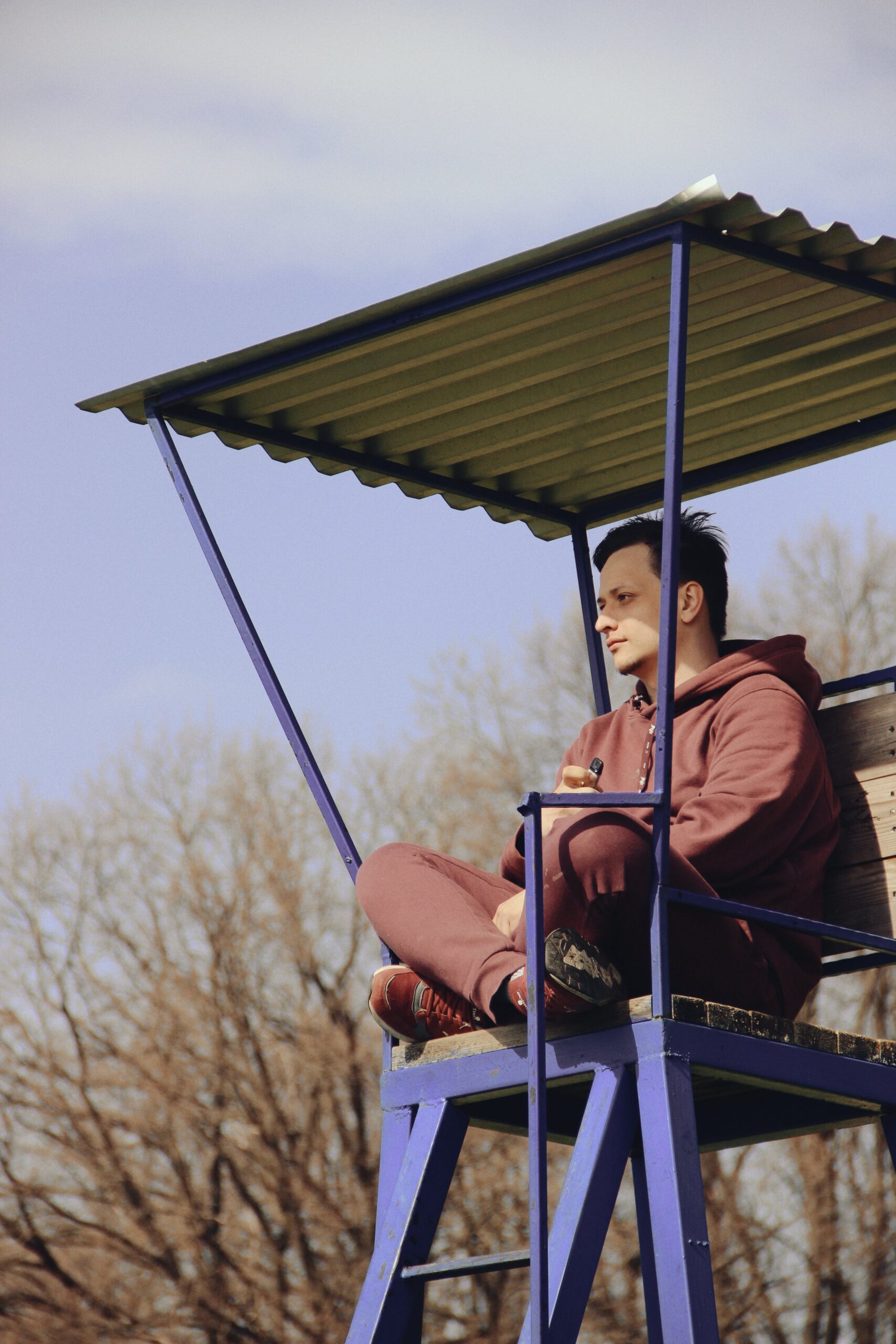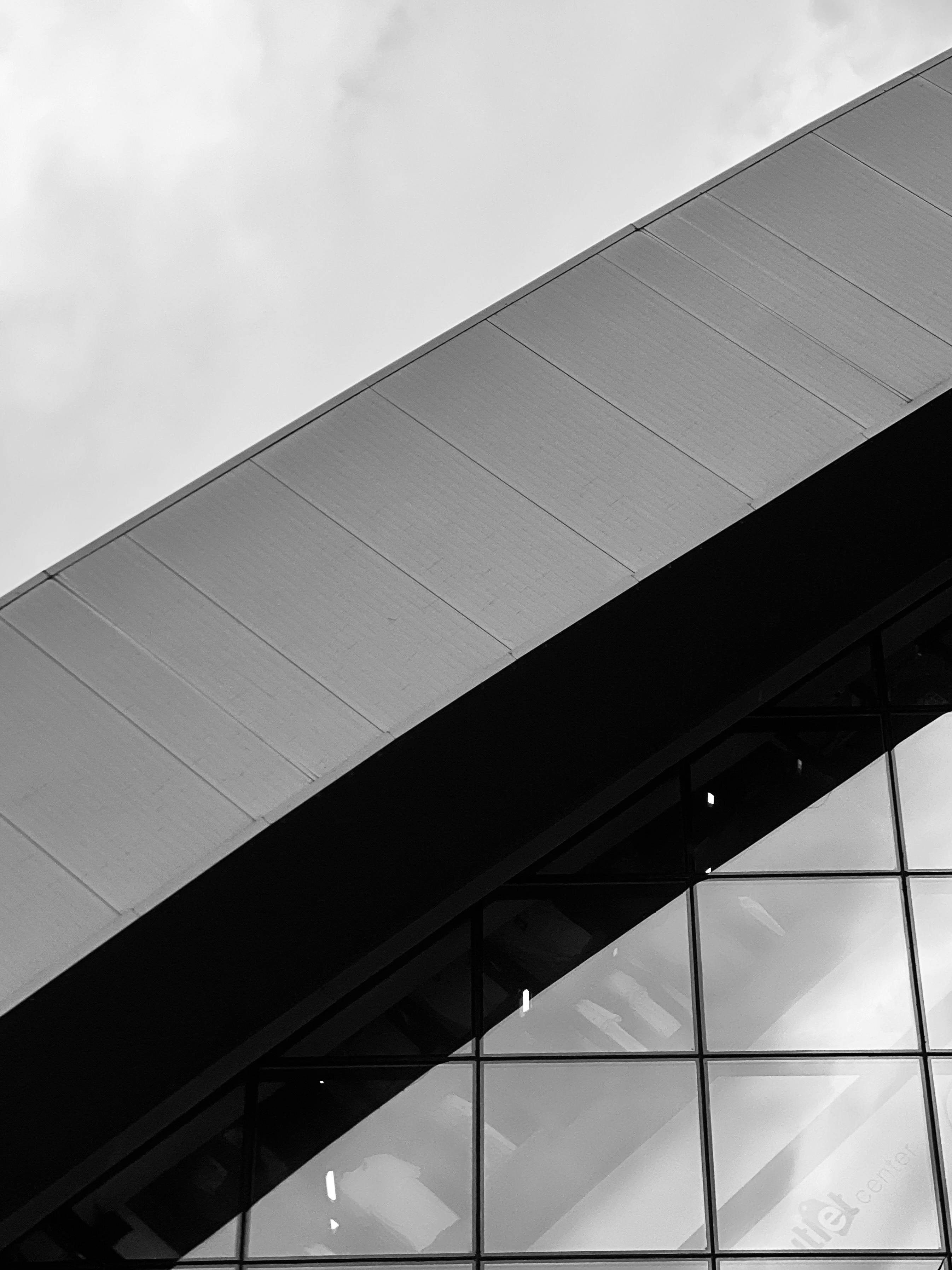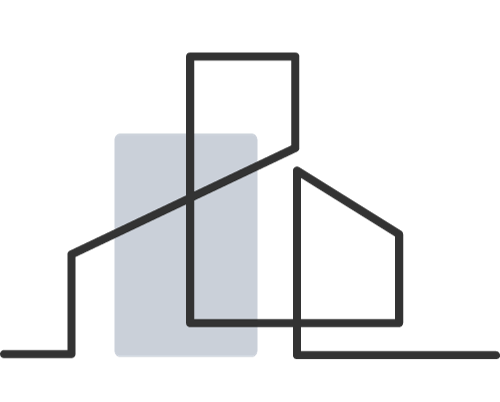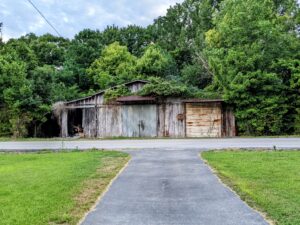
After investing in a new roof installation for your property, it’s crucial to perform a roof inspection to ensure its longevity and optimal condition. This comprehensive guide emphasizes the importance of post-installation roof reviews, highlighting key components to assess and the recommended frequency of inspections. By identifying installation issues, detecting hidden defects, and adhering to warranty compliance, you can protect your investment and maintain the integrity of your roof. From examining shingles and flashing to assessing gutters and attics, regular inspections contribute to the early detection and resolution of potential issues, preventing extensive damage in the long run. Taking a proactive approach to post-installation inspections guarantees that your roof will provide reliable protection for your home for years to come.
Importance of Roof Inspection After Installation
Roof inspection after installation is a crucial step in ensuring that your roof remains in ideal condition for years to come. The installation of a modern roof is a significant investment in your property, and its longevity and performance depend on various factors, including the quality of the installation and subsequent maintenance.
Identifying Installation Issues
Roof inspections after installation help recognize any issues that may have arisen during the roofing process. This includes checking for the proper installation of materials, ensuring that flashing is accurately applied, and verifying that all components are in place. By identifying installation issues early on, you can address them promptly and prevent further damage to your roof.
Detecting Hidden Defects
Some roofing problems may not be instantly apparent. A post-installation assessment allows for the detection of hidden defects, such as poor workmanship or unnoticed damage, which might compromise the roof’s integrity over time. By identifying these hidden defects, you can take necessary actions to fix them and ensure the long-term durability of your roof.

Warranty Compliance
Many material warranties require regular inspections to stay valid. Adhering to these rules ensures that any potential issues are addressed promptly, protecting your investment and maintaining warranty coverage. By conducting roof inspections after installation, you can fulfill the warranty requirements and have peace of mind knowing that your roof is well-maintained.
Key Components to Assess During Roof Inspection:
Shingles or Roofing Material
During a roof inspection, it is essential to look for indicators of deterioration in the shingles or roofing material. This may include cracks, bending, or missing shingles. Additionally, ensure that the roofing material is properly installed and aligned, as any misalignment can lead to leaks and other issues.
Flashing
Flashing is a critical component of a roof that helps prevent water from seeping into vulnerable areas, such as chimneys, vents, and other roof entrances. During a roof inspection, assess the condition of the flashing to ensure that it is intact and properly sealed. Loose or damaged flashing can lead to leaks, so it’s fundamental to address any issues promptly.
Gutters and Downspouts
Gutters and downspouts play a crucial role in directing water away from your roof and foundation. During a roof inspection, clear debris from gutters and downspouts to prevent water backup, which can lead to roof damage and leaks. Additionally, make sure that the gutters are securely attached to the roof edge to prevent any potential damage or detachment.
Attic and Interior Inspection
An inspection of the attic and interior spaces is essential to identify any signs of roof damage or leaks. Look for stains, molds, or unusual odors, as these may indicate roof issues. Additionally, ensure that the attic has proper insulation and ventilation to prevent moisture buildup and potential damage to the roof structure.
Seals and Caulking
Inspect the seals and caulking around roof penetrations, such as vents and chimneys. These seals help prevent water intrusion and maintain the integrity of the roof system. During a roof inspection, check for any signs of deterioration or damage to the seals and caulking and replace them if necessary.
Ventilation Systems
Proper ventilation is crucial for maintaining the health and longevity of your roof. During a roof inspection, verify that the ventilation systems, such as ridge vents and soffit vents, are operating effectively. Proper ventilation helps prevent moisture buildup in the attic, which can lead to the growth of mold and structural damage.

Recommended Frequency of Roof Inspections
Annual Inspections
It is recommended to conduct a thorough roof inspection at least once a year. This regularity allows for the early detection of potential issues and ensures that the roof remains in top condition. Annual inspections help identify any minor problems before they escalate into significant damage, ultimately saving you time and money on repairs.
Post-Extreme Weather Events
After severe weather events, such as storms or heavy snowfall, it is essential to perform a prompt roof inspection to recognize any damage caused by the extreme conditions. Strong winds, hail, or heavy snow can result in roof damage, and addressing these issues promptly can prevent further water intrusion or structural damage.
After Significant Roof Work
If any work has been done on the roof, such as installations, repairs, or additions, it is recommended to perform a post-work inspection. This ensures that the newly added components integrate well with the existing roof structure and that no issues are present that could compromise the roof’s performance.
In conclusion, a proactive approach to roof inspection after installation is essential for maintaining the longevity and performance of your roof. Regular inspections allow for the early detection and resolution of issues, preventing more extensive and costly damage in the long run. By investing time and effort in post-installation inspections, homeowners can ensure that their roofs provide dependable protection for their homes for many years to come.





